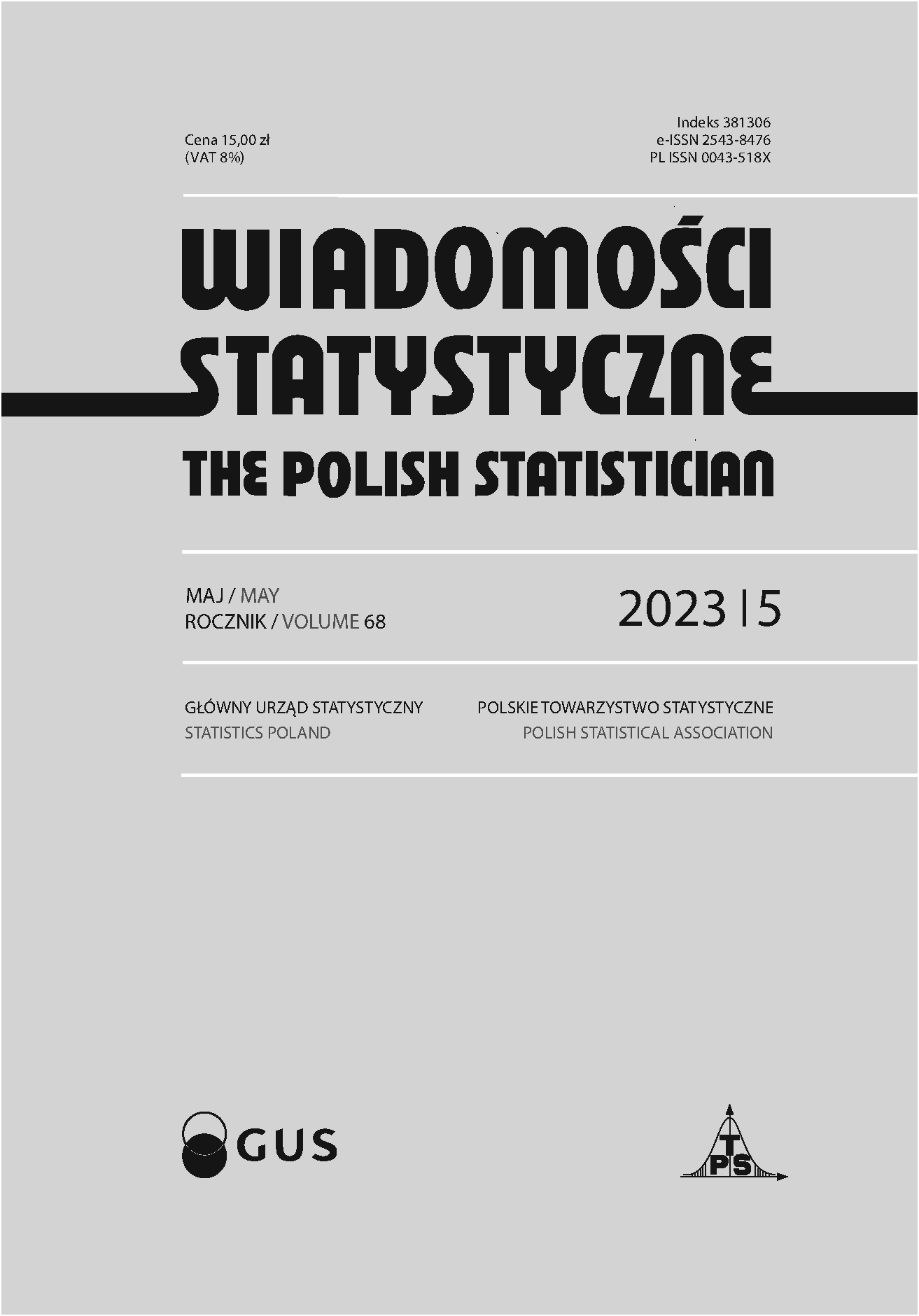Ocena zmian komponentów wskaźnika NEET w krajach Unii Europejskiej z zastosowaniem testu T2 Hotellinga
Assessment of the changes in the NEET rate structure in EU countries based on Hotelling’s T2 test
Author(s): Dawid GiemzaSubject(s): Socio-Economic Research
Published by: Główny Urząd Statystyczny
Keywords: NEET youth; NEET rate decomposition; labour market; Hotelling’s T2 test; multivariate statistical inference; multiple comparison tests
Summary/Abstract: Decision-makers and researchers dealing with labour market and education are largely focused on the NEET rate of young people as an indicator complementary to the unemployment rate. Typically in studies, it is the change in the overall NEET rate of young people hat is evaluated, rather than changes in its individual components. The aim of the study presented in this paper is to detect the volume of changes in the components of the NEET rate determined on the basis of socio-demographic and economic features of young people in EU countries, by means of Hotelling’s T2 test for dependent measurements. The study employed multivariate statistical inference, and more specifically, the multiple comparison tests. The analysis covered the years 2019 and 2021, i.e. the year preceding the outbreak of the COVID-19 pandemic and the full year of its duration. The calculations were performed on the data drawn from the Eurostat database.The study demonstrates that the comparison of the NEET youth rate components allows a more detailed assessment of the change in the labout market situation of young people belonging to this category than comparing the overall NEET rates only. For this reason, it would be advisable to apply a multidimensional approach when making decisions concerning labour market policies.
Journal: Wiadomości Statystyczne. The Polish Statistician
- Issue Year: 68/2023
- Issue No: 05
- Page Range: 20-39
- Page Count: 20
- Language: Polish

